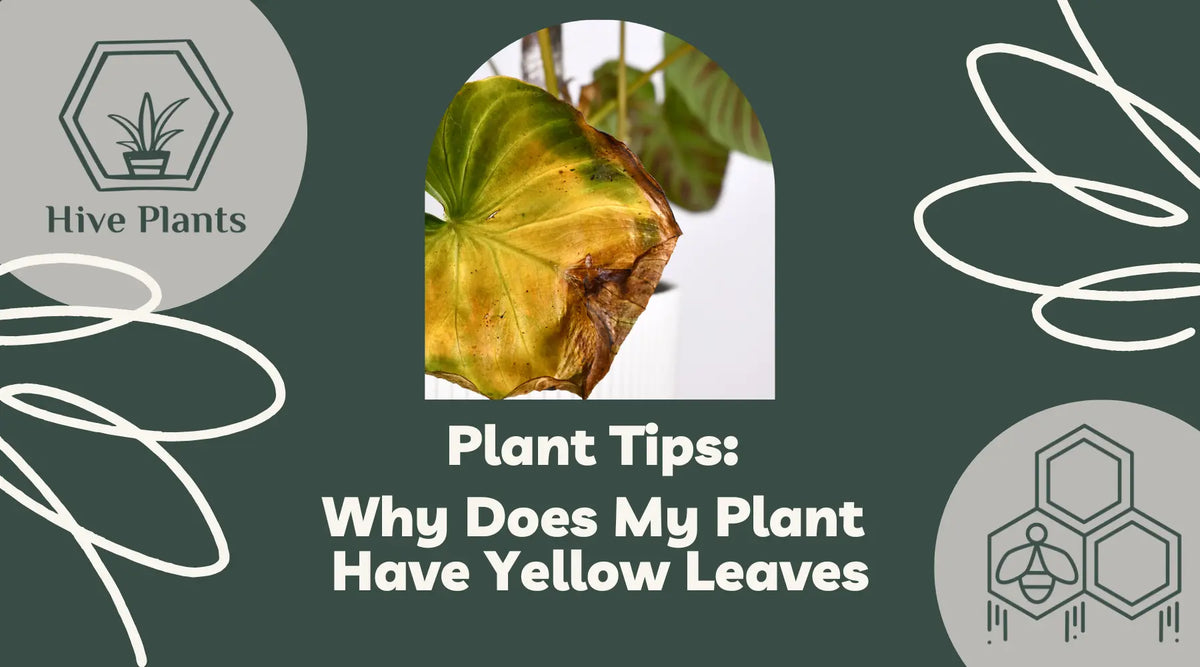
Why Does My Plant Have Yellow Leaves?
Time to read 2 min
Time to read 2 min
Have you ever looked at your beloved houseplant, only to find its lush green leaves turning a concerning shade of yellow? It's a sight that can send any plant parent into a panic. But fear not! Yellow leaves don't necessarily mean the end of the road for your plant. In fact, they often signal that something is amiss, prompting you to take action and restore your plant to its former vibrancy. Let's delve into the common causes behind yellowing leaves and discover how to remedy them.
Overwatering or Underwatering
Nutrient Deficiency
Poor Lighting Conditions
Pest Infestation
Environmental Stress
One of the most common culprits behind yellow leaves is improper watering. Too much water can lead to root rot, depriving the plant of essential oxygen and nutrients, while too little water can cause dehydration, leading to wilting and nutrient deficiencies.
Solution: Check the moisture level of the soil regularly. Ensure proper drainage in the pot and adjust your watering frequency accordingly. Allow the soil to dry out slightly between waterings, but don't let it become bone dry.
Plants require a balanced diet of essential nutrients to thrive. A lack of key nutrients such as nitrogen, iron, or magnesium can manifest in yellowing leaves, often starting at the lower leaves and progressing upwards.
Solution: Consider fertilizing your plant with a balanced, water-soluble fertilizer suitable for your plant's species. Additionally, enriching the soil with organic matter can help replenish vital nutrients.
Plants rely on light for photosynthesis, the process by which they produce energy. Insufficient light can impede this process, causing leaves to turn yellow as the plant struggles to generate energy.
Solution: Assess the lighting conditions in your plant's environment. If it's not receiving adequate natural light, consider moving it to a brighter location, closer to a window but away from direct sunlight, which can cause sunburn.
Pests such as aphids, spider mites, or whiteflies can wreak havoc on your plants, sucking out vital juices and causing leaves to yellow, curl, or distort.
Solution: Inspect your plant carefully for signs of pests, including tiny insects, webbing, or sticky residue on leaves. Treat infestations promptly with insecticidal soap or neem oil, and consider isolating the affected plant to prevent further spread..
Changes in temperature, humidity, or air circulation can stress plants, leading to yellowing leaves as they struggle to adapt.
Solution: Maintain a stable environment for your plant, avoiding sudden fluctuations in temperature or humidity. Provide adequate air circulation, especially indoors, to prevent stagnant conditions that can promote fungal growth.